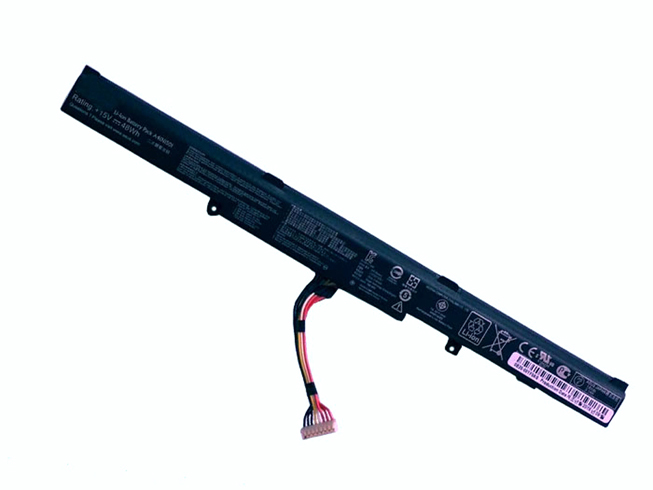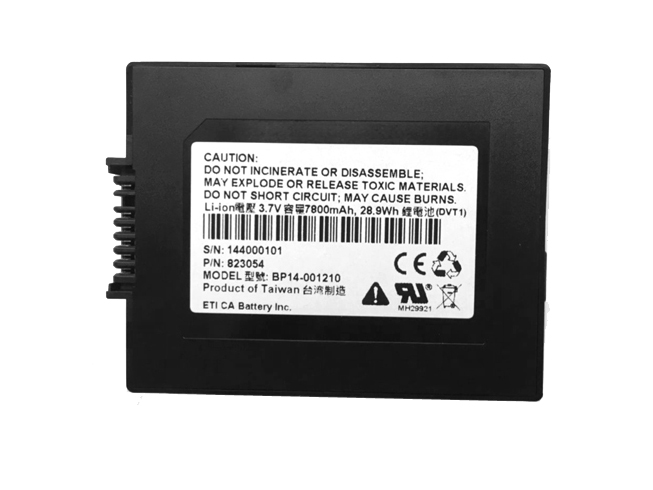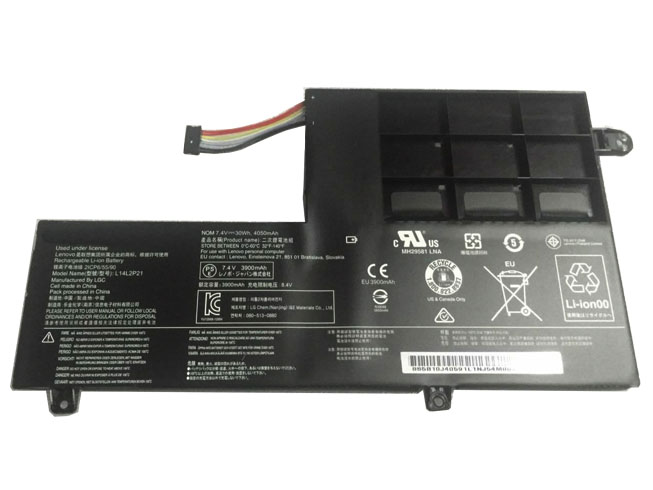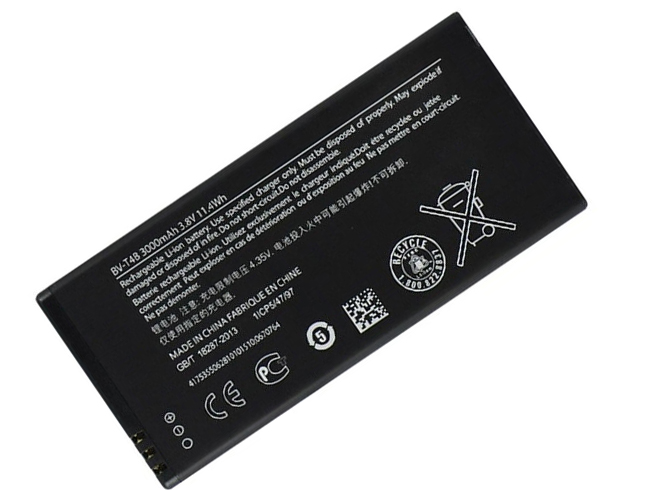This ASUS laptop batteries pack for ASUS GL752VL GL752VW N552VX N752VW N752VX with high quality are fast ship to worldwide. ASUS Battery replacement is a genuine brand new Li-ion rechargeable battery. Saving your money and time to select suitable ASUS GL752VL GL752VW N552VX N752VW N752VX battery here at the competitive price for your laptop. We guarantee this ASUS A41N1501 battery with a full one-year warranty from the date of purchase. 30-days money back!

New ASUS A41N1501 laptop battery High Quality Battery [48Wh, 15V]
Replacement Battery>> ASUS A41N1501 48Wh 15V
Replace the following part numbers:
A41N1501 A41Lk9H
Fits the Following Models:
ASUS GL752 Series
AGL752JW, GL752VL, GL752VL-1A, GL752VL-2B, GL752VL-GC057T, GL752VW, GL752VW, GL752VW-1A, GL752VW-2B, GL752VW-3B, GL752VW-T4004T, GL752VW-T4077T, GL752VW-T4079T, GL752VW-T4091T, GL752VW-T4105, GL752VW-T4108D, GL752VW-T4122T, GL752VW-T4130T, GL752VW-T4137T, GL752VW-T4138T, GL752VW-T4179T, GL752VW-T4180T, GL752VW-T4188T, GL752VW-T4189T, GL752VW-T4243T
ASUS N552V Series
N552V, N552VW, N552VW-1A, N552VW-1B, N552VW-2A, N552VW-FI040T, N552VW-FI043T, N552VW-FI202T, N552VW-FW026T, N552VW-FY083T, N552VX, N552VX-1A, N552VX-2A, N552VX-FI018T, N552VX-FW027T, N552VX-FW120T, N552VX-FW140T, N552VX-FW320T, N552VX-FY012T, N552VX-FY017T, N552VX-FY026T, N552VX-FY071T, N552VX-FY103T, N552VX-FY104T, N552VX-FY105T, N552VX-FY137T, N552VX-FY200T, N552VX-FY209D, N552VX-FY299T, N552VX-FY382T
ASUS N752 Series
N752, N752V, N752VW, N752VX, N752VX-GC197T
We promise to explain, in plain English, what works we’ll carry out, we treat every customer with respect.
We promise to offer high quality products at the lowest-possible prices.
RU: ASUS A41N1501
JP Store: ASUS A41N1501 notebook battery
Laptop AKKU: AKKU Für ASUS A41N1501, ASUS Ersatzakku Für ASUS GL752VL GL752VW N552VX N752VW N752VX.
Cheap ASUS A41N1501 battery in UK!
Our ASUS A41N1501 laptop battery which we design is in strict accordance with the highest control standards. It carries with a smart interior circuit board that provides battery-unbalanced-shut-off protection, thermal-runaway protection, overcharged protection, over-discharged-shut-off protection, and high/low-temperature-shut-off protection. ASUS A41N1501 notebook battery is made of environmental friendly materials, without lead and mercury. It is certified as a safe and reliable product through a series of rigorous tests on the ASUS examine system.
Thank you for shopping the ASUS A41N1501 laptop replacement battery at uk-online.co.uk. Our batteries are packed in cartons with anti-static bags and anti-pressure sponges to effectively protect the batteries in transit. We have a rigorous inspection process to ensure that your order (e.g. this battery for ASUS A41N1501 notebooks) is perfectly functional before shipping to you. Before placing an order, you'd better look at our battery from following pictures and check if it is the same as your original one. Please make sure that you pick out the correct battery to avoid ordering mistakenly.
TOSHIBA PA5024U battery for Toshiba PA5024U-1BRS M805-T03T Series
Fujitsu CP459128-01 battery for Fujitsu LifeBook UH900
HP HSTNN-I96C battery for HP ProBook 4230s HSTNN-I96C
Benq 983T2001F battery for BENQ U1213 U121-E14 U122 U1216
Clevo P950BAT-4 battery for Clevo P950BAT-4
Apple A1185 battery for Apple MacBook 13inch Core 2 Duo T8300 2.4GHz Early 2008
Apple A1618 battery for Apple MacBook Pro 15
FUJITSU FMVNBP230 battery for Fujitsu LifeBook UH574
Dell VH748 battery for Dell Vostro V5460 V5470 V5560 14-5439
Lenovo 45N1183 battery for Lenovo L12L4E55 L12S4E55 L12M4E55 M4400 M4500 G550S L13M4A01






















